The Cleanest Cities In The World
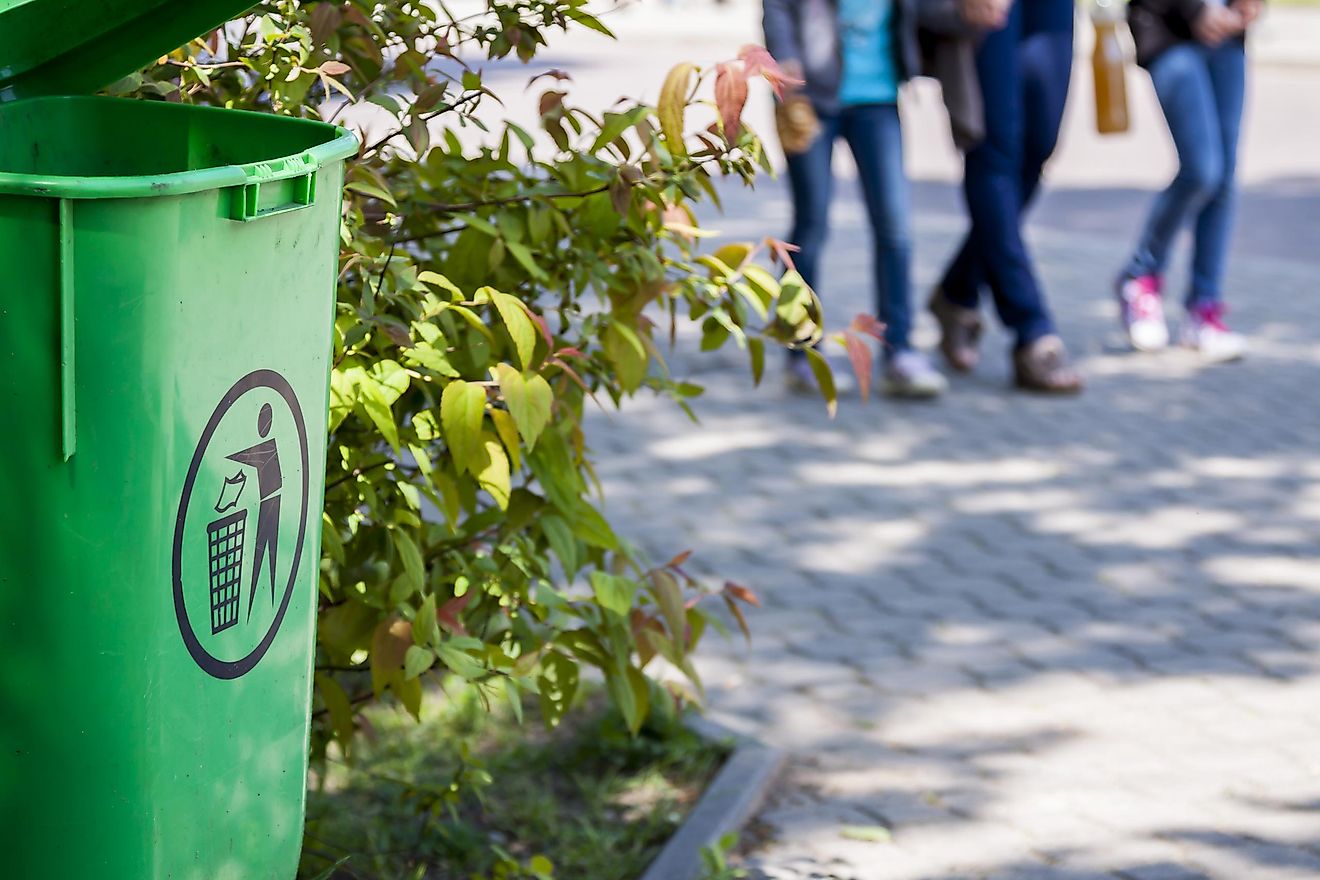
- The water surrounding the harbor in Copenhagen, Denmark, is so clean people can swim without the fear of pollutants.
- Singapore's anti-litter laws mean people caught littering or spitting will be given a fine.
- In 2015, the Canadian city of Calgary was ranked as the cleanest city in the world.
Every year, the World Health Organization estimates air pollution kills about 7 million people worldwide. But certain countries are making great strides in curbing air pollution, reducing carbon emissions, and making environmentally-friendly policies a priority. Many of these cities are on the Mercer consulting firm Quality of Life ranking, which assesses different cities on a number of issues for residents. The ranking for its section on clean cities is based on many factors, like waste removal, the availability and drinkability of water, quality of sewage systems, traffic congestion, and air pollution.
These five cities continuously make it into the list for being clean cities.
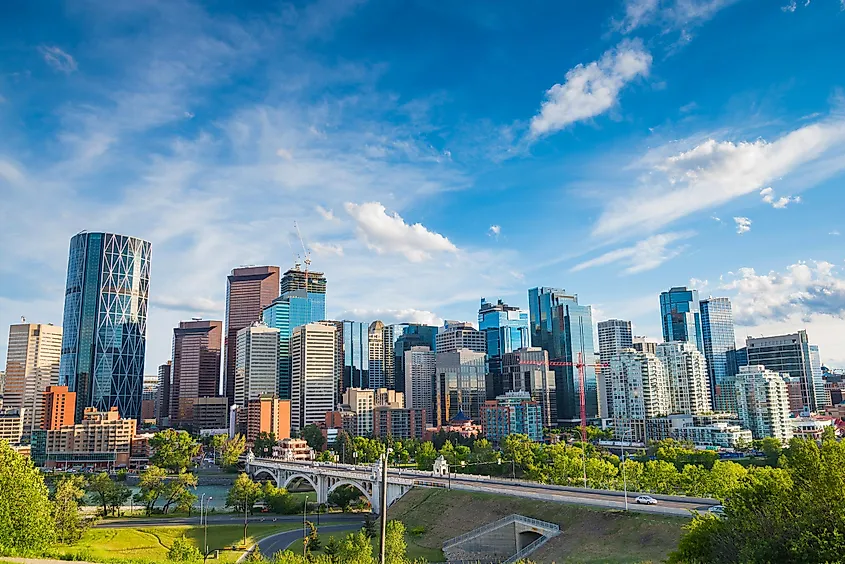
1. Calgary, Canada
Calgary, a city in the Canadian province of Alberta that is the country's oil capital, is also consistently ranked as one of the world’s cleanest cities. The city was ranked number one overall on the 2014 Mercer list for clean cities. Calgary has fines in place for people who drop cigarette butts or throw trash out of car windows. Alberta’s green initiative, Too Good to Waste, started in 2007, is a program that aims to decrease how much waste goes to landfills. Calgary itself has an environmental charity called Green Calgary that promotes a greener lifestyle. For example, the organization offers tips on how to pack a litterless lunch. By 2025, Calgary intends to reduce its landfill waste by 70%.
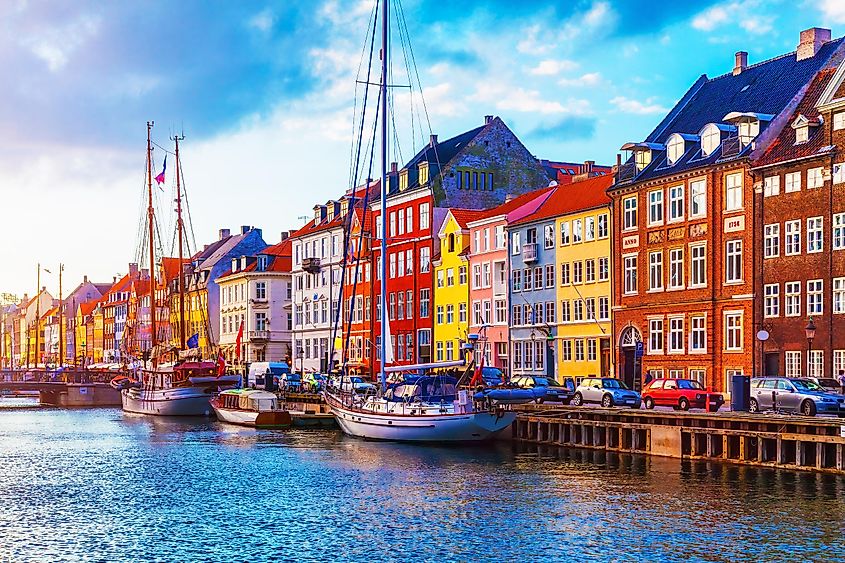
2. Copenhagen, Denmark
Copenhagen is considered one of the world’s greenest cities. The government has invested in maintaining water quality and reducing air and water pollution. The water surrounding the harbor is so clean that people can swim without the fear of pollutants. The city also has numerous measures in place to decrease littering and initiatives for waste management and recycling. Residents have also embraced the city’s efforts in sustainability. Buses are changing to electric while more roads are dedicated to cycling. The government also plans to make the city carbon neutral by 2025.
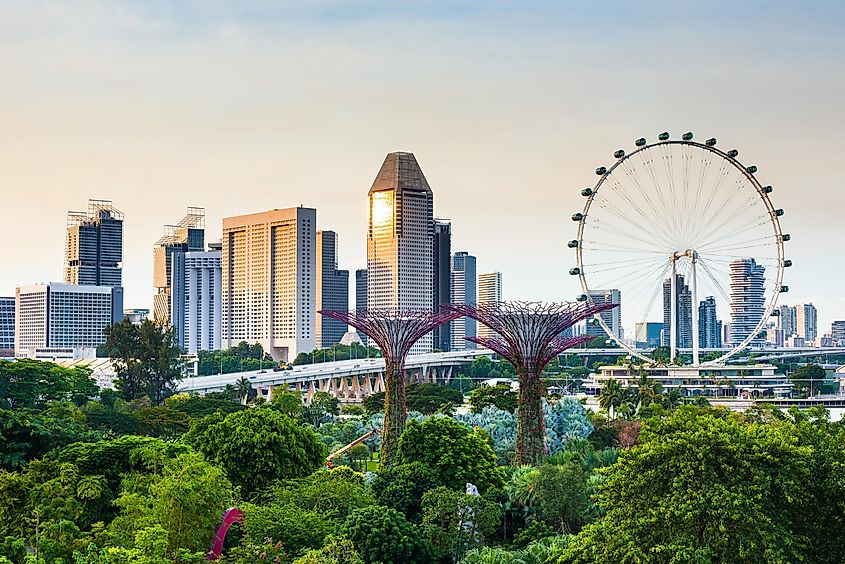
3. Singapore
Singapore is one of Asia’s cleanest cities and has one of the strictest cleanliness guidelines. For example, the government can charge people for spitting in public places. Singapore also has anti-litter laws that carry a fine of up to around $300 SGD ($217 USD) for the first offence, and up to $1,000 SGD ($730 USD) for repeat offenders.
Singapore has also imposed heavy taxes on car owners to deter many from buying a vehicle. For example, a car can be taxed for at least 100% of its open market value. As a result, only about 15% of Singaporeans own a car, making it one of the greenest cities in Asia. Over the past 50 years, Singapore has launched multiple campaigns to help clean the city, such as the annual Tree Planting Day, Keep Our Water Clean campaign, and Keep the Toilet Clean campaign. In 1977, there was a major cleanup of the city’s rivers. Now it is clean enough to be used for drinking water.
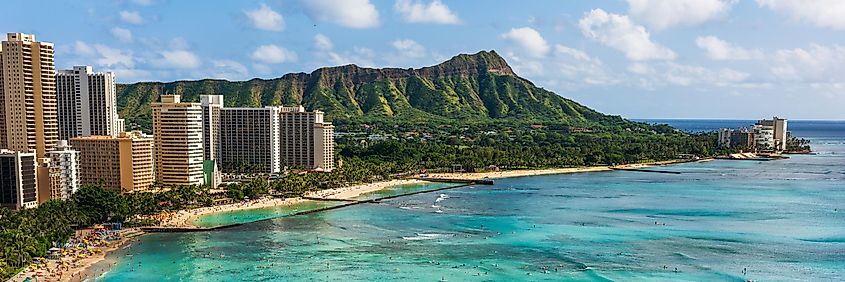
4. Honolulu, Hawaii
Honolulu in Hawaii state has very few polluting industries. The 2018 American Lung Association’s State of Air report finds that Hawaii continues to have some of the country’s best air quality in the US. Honolulu had zero high ozone or high particle pollution days and one of the lowest year-round particle levels. Also in 2018, Mercer ranked Honolulu as the number one city in sanitation worldwide. This ranking looked at the city’s waste removal and sewage system, infectious disease levels, air pollution, and water availability and quality.
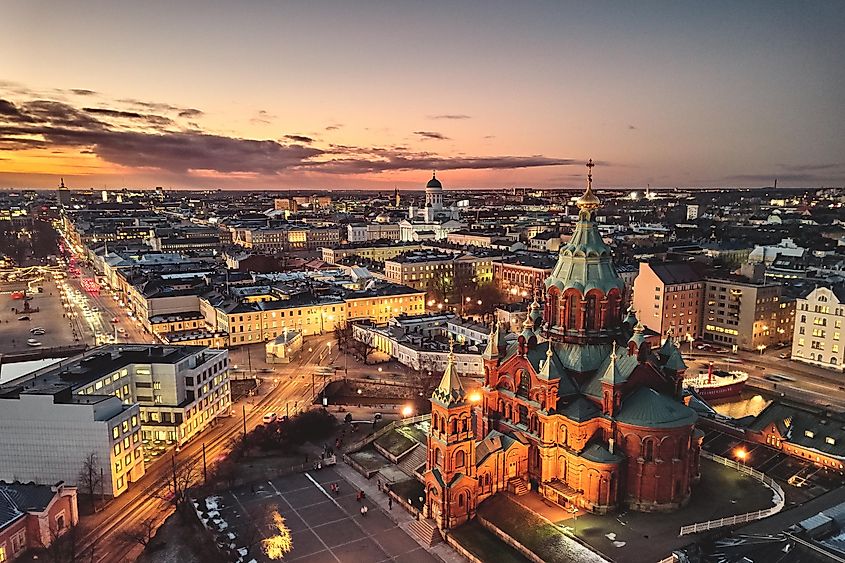
5. Helsinki, Finland
Residents of Helsinki are committed to preserving the environment and preventing littering. The government has designed an elaborate and energy-efficient system of heating that helps cut down electricity consumption. They also made significant improvements to make the city environmentally friendly. Locals have embraced this sentiment by swapping their cars for bikes. Helsinki has about 2,400 miles of lanes dedicated to cyclists. The city also aims to make owning a motor vehicle obsolete by 2025.
Helsinki has some of the cleanest air in the world, despite it being Finland’s biggest city. The water is also so clean that it can be drunk straight from the tap. The city plans to become carbon neutral by 2035. They have a detailed plan that includes ways to reduce energy consumption and increase on-site renewable energy regeneration.
These cities lead by example, showing the world that prosperity and the environment can go hand in hand. As we continue to confront the effects of climate change, the municipal level is a prime location for initiatives to reduce our global footprint and ensure a green and healthy future for future generations.











